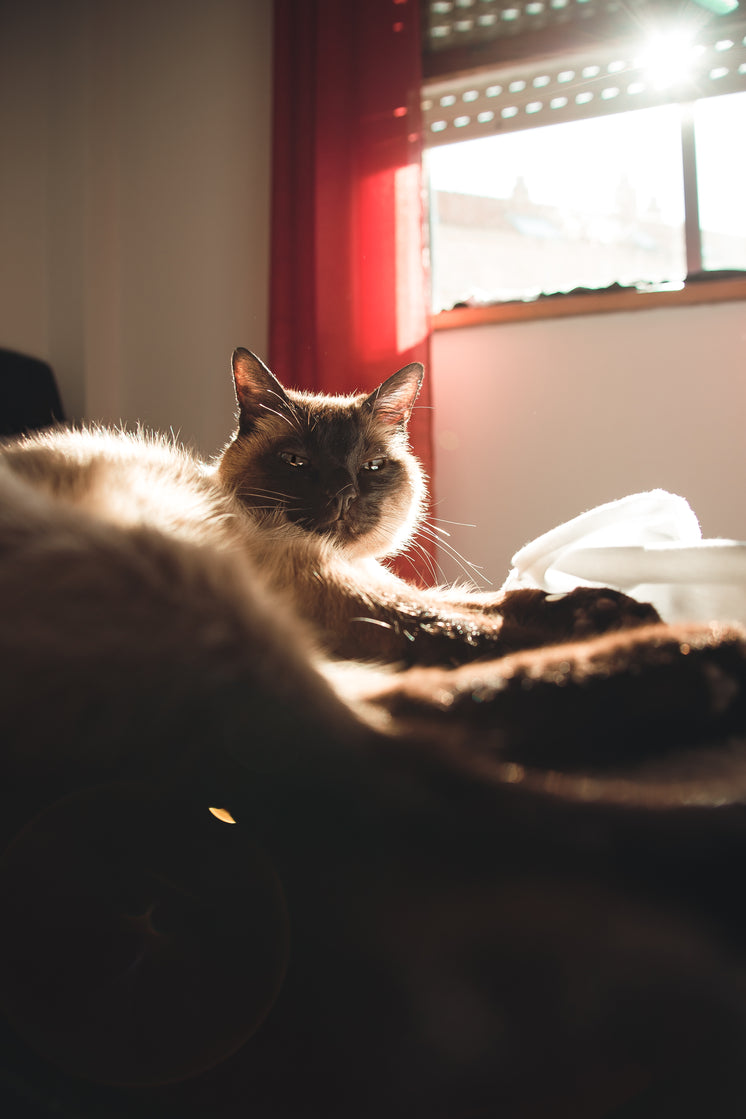
Cat litter and litter boxes play a critical function in the lives of both cats and their owners. From the simple starts of sand and soil to the ingenious advancements of today, the world of cat litter has progressed substantially. In this comprehensive guide, we explore every aspect of cat litter and litter boxes, exploring their history, types, benefits, difficulties, and everything in between.
The history of cat litter dates back centuries, with ancient civilizations using sand, soil, and even ashes as primitive litter products. However, it wasn't up until the mid-20th century that contemporary cat litter as we understand it emerged. In 1947, Edward copyright presented the world's very first industrial cat litter made from absorbent clay, changing the method felines relieved themselves inside. Given that then, cat litter has actually gone through many improvements, with the intro of clumping litter, silica gel litter, eco-friendly alternatives, and more.
Today, cat owners are spoiled for choice when it comes to selecting the ideal litter for their feline buddies. Standard clay litter stays popular for its cost and effectiveness in taking in odors. Clumping litter, which forms solid clumps when wet, streamlines cleaning and maintenance. Silica gel litter, made up of extremely absorbent silica crystals, provides superior smell control and durability. Naturally degradable choices, such as recycled paper, wood pellets, corn, and wheat, appeal to environmentally mindful customers.
Each type of cat litter offers special advantages. Clay litter masters its capability to take in moisture and control smells, making it a trustworthy option for numerous feline owners. Clumping litter simplifies daily scooping and extends the time in between complete litter modifications. Silica gel litter cat litter boxes offers exceptional smell control and can last longer between replacements. Biodegradable litters use a sustainable alternative that decreases ecological impact.
While cat litter improves indoor feline health, it is not without its challenges. Dust from clay litter can posture breathing risks for both felines and people, prompting the appeal of dust-free alternatives. Some cats may establish litter box hostility due to problems with texture, scent, or tidiness, necessitating experimentation with various litters and box configurations. Multi-cat families may require tactical litter box placement and regular maintenance to avoid territorial disputes and make sure all cats have access to tidy facilities.
Choosing the Robot Litter Boxes proper litter box is essential for promoting favorable litter box habits and overall feline wellness. Factors to think about include size, ease of access, and design preferences. Covered litter boxes supply privacy and assistance consist of odors, however some cats may discover them confining or frightening. Open-top litter boxes offer simple gain access to and presence cat litter pellets but might lead to more litter scatter. Automatic self-cleaning litter boxes enhance upkeep but require regular tracking and upkeep.
Correct litter box maintenance is vital for guaranteeing a tidy and inviting environment for both felines and their owners. Daily scooping gets rid of waste immediately, reducing smell and discouraging litter box aversion. Routine litter replacement, usually every 1-2 weeks, avoids bacterial buildup and preserves ideal absorbency. Extensive cleaning with moderate detergent and water, avoiding harsh chemicals that may prevent felines from using package, need to be performed monthly.
Cat litter and litter boxes play a central role in cultivating a healthy and unified relationship between cats and their human companions. With a varied selection of litter choices and litter box styles readily available, feline owners have the flexibility to tailor their choices to fit their felines' choices and family needs. By comprehending the advancement, types, advantages, and challenges of cat litter and litter boxes, pet owners can provide their feline pals with a comfy and sanitary indoor environment.